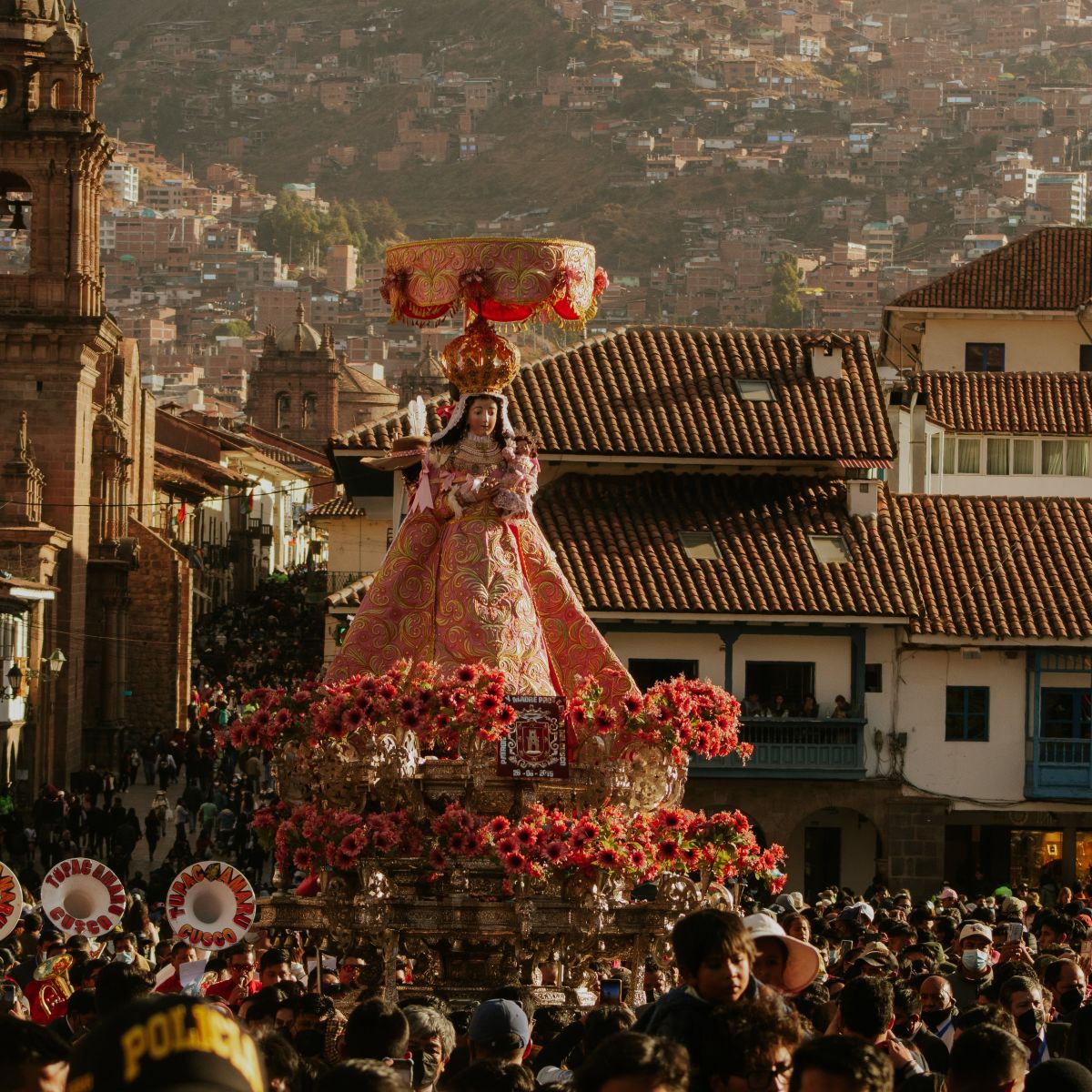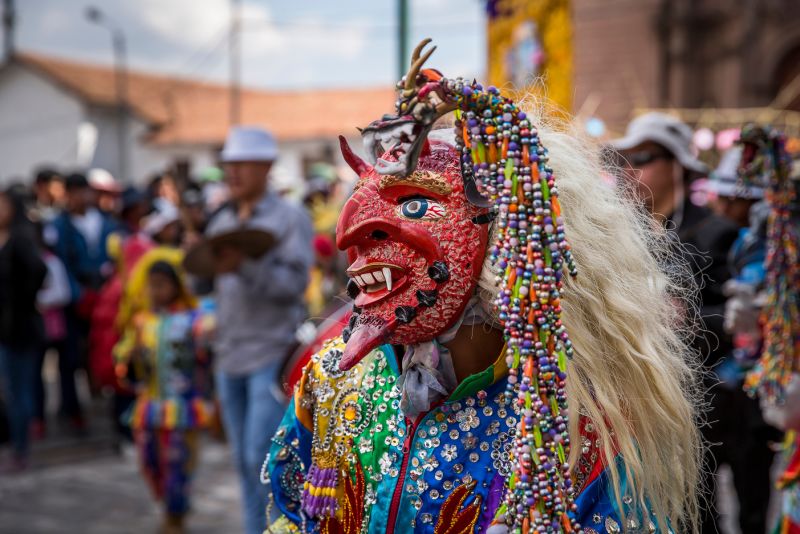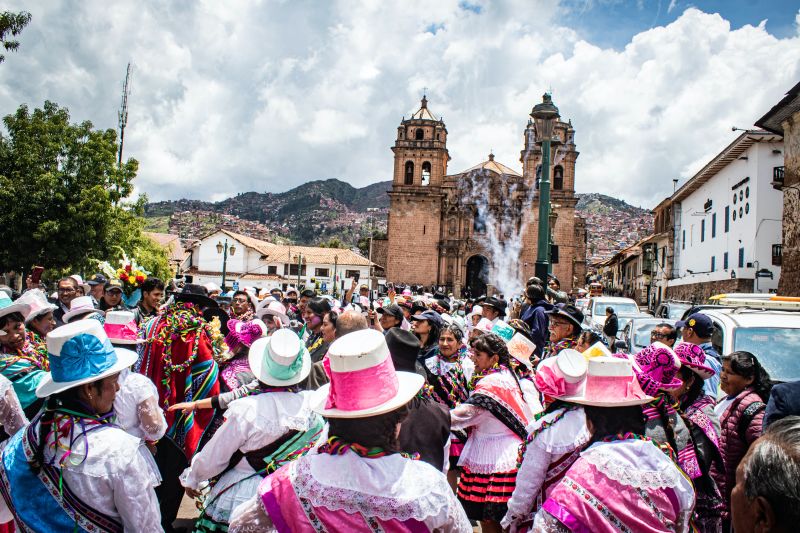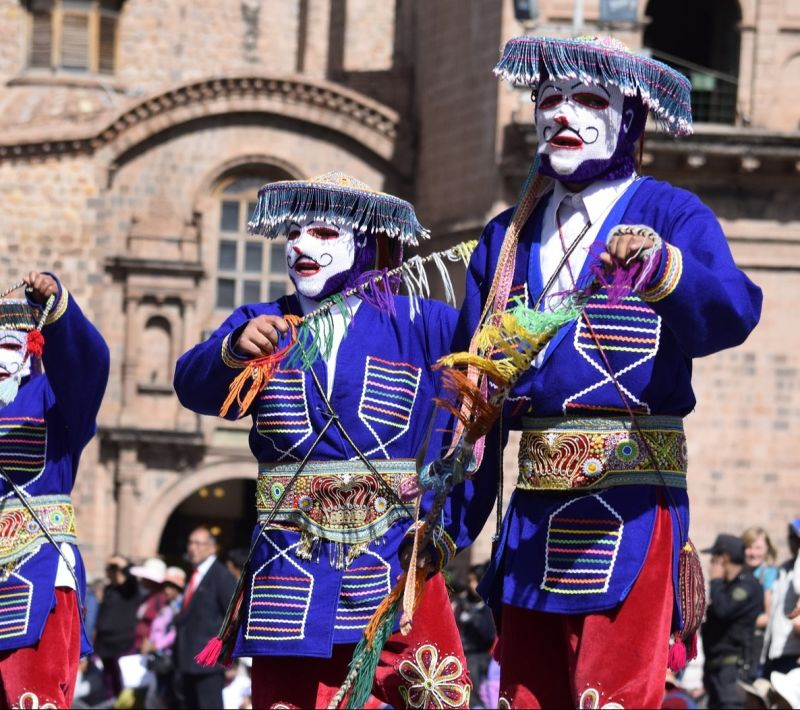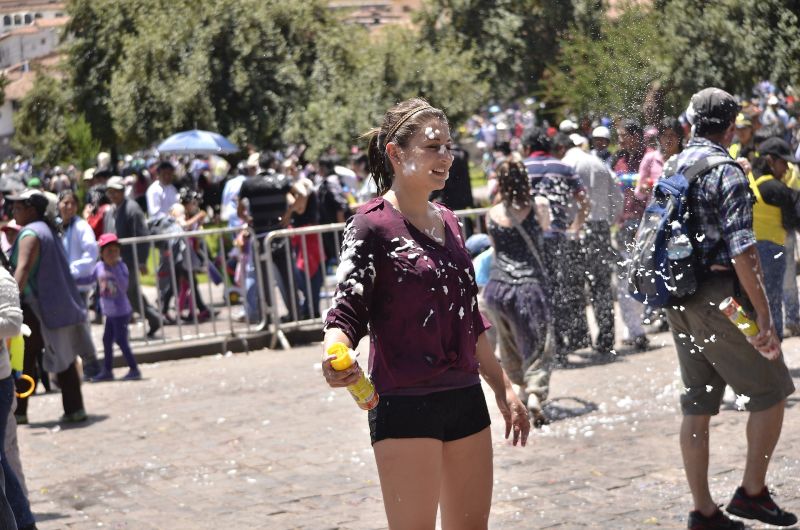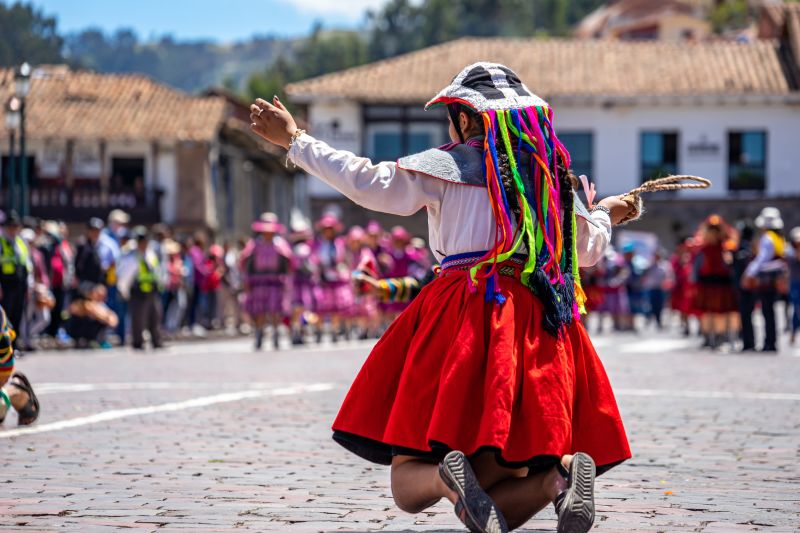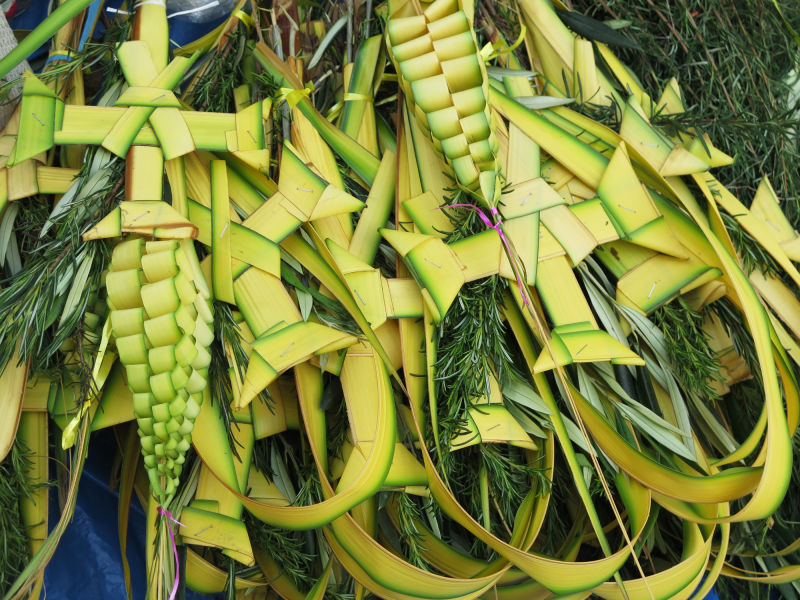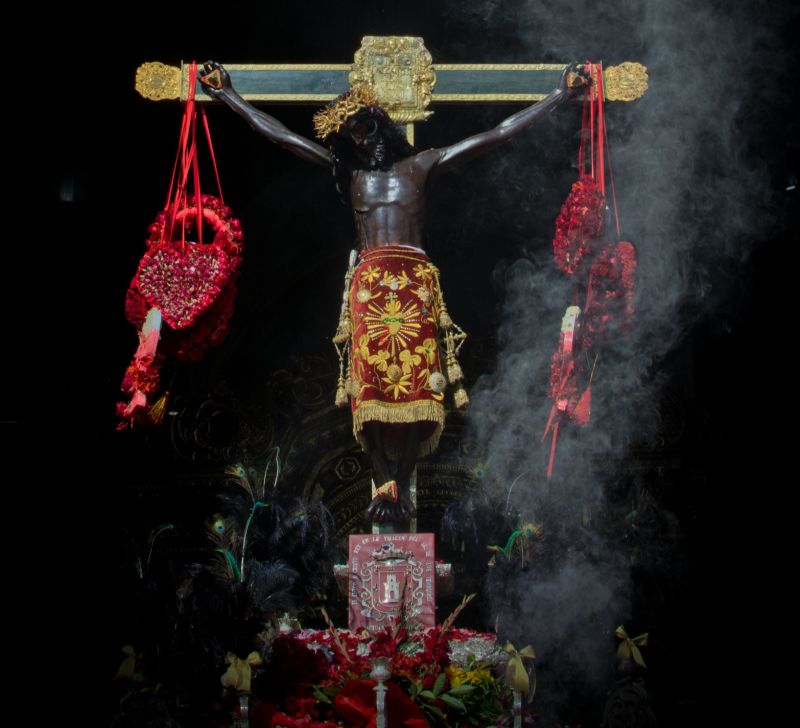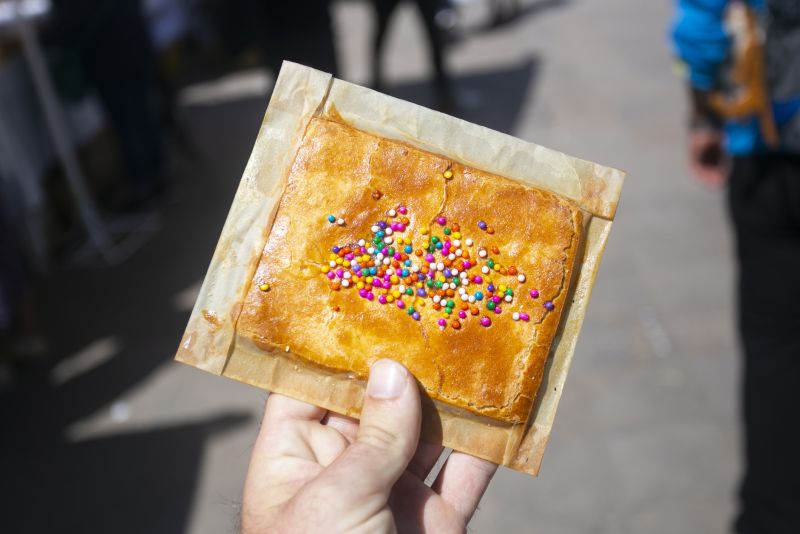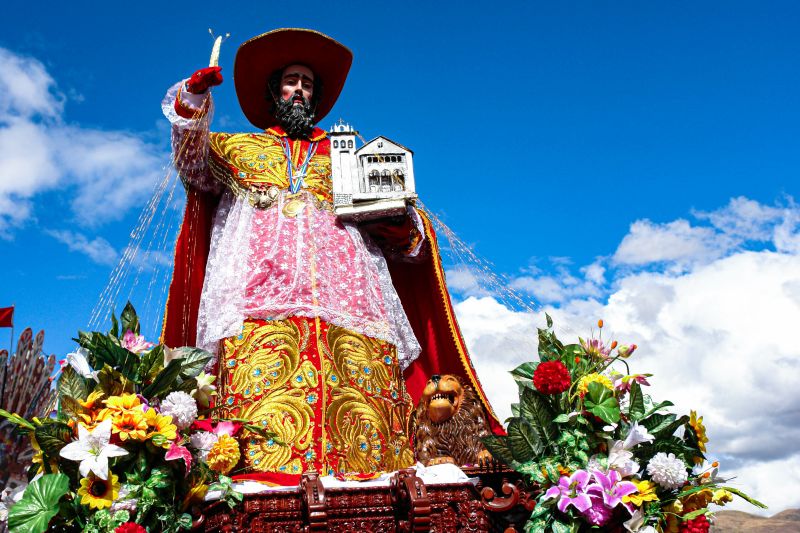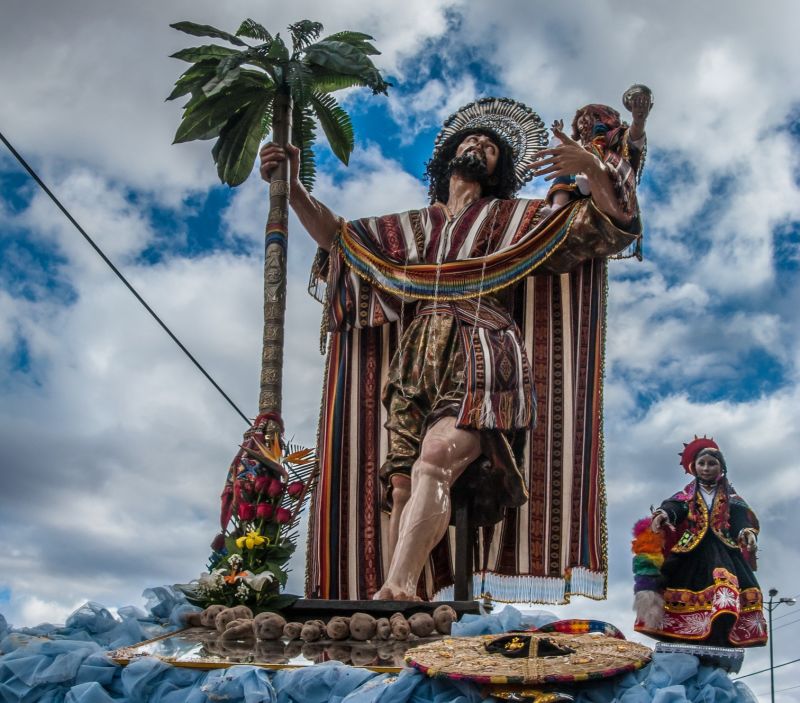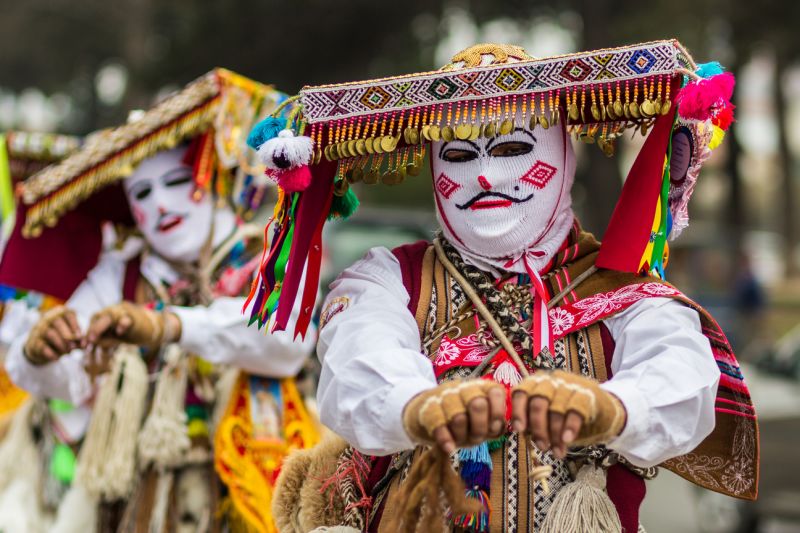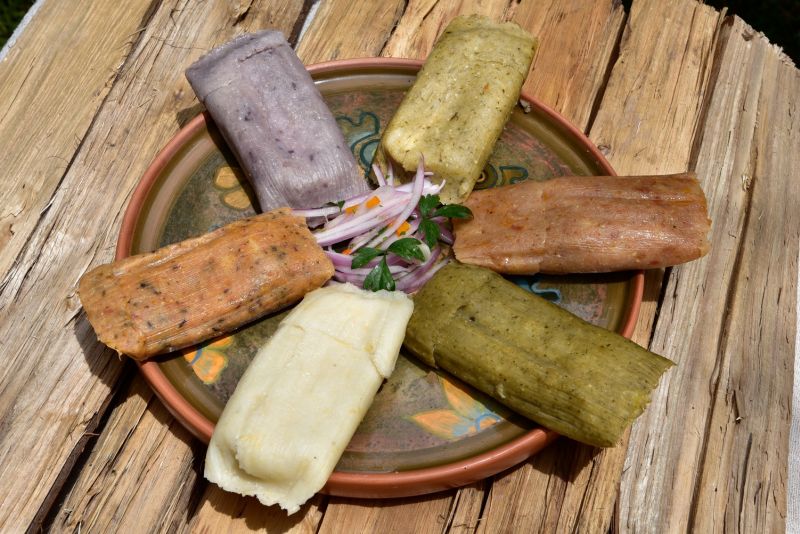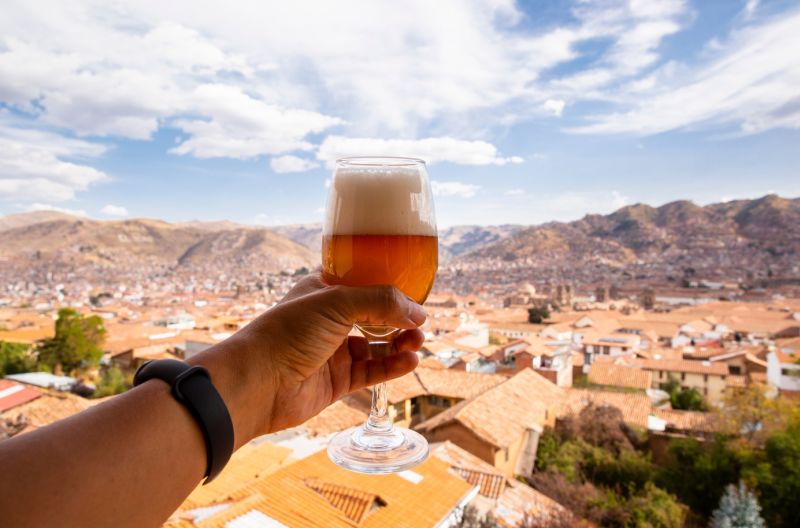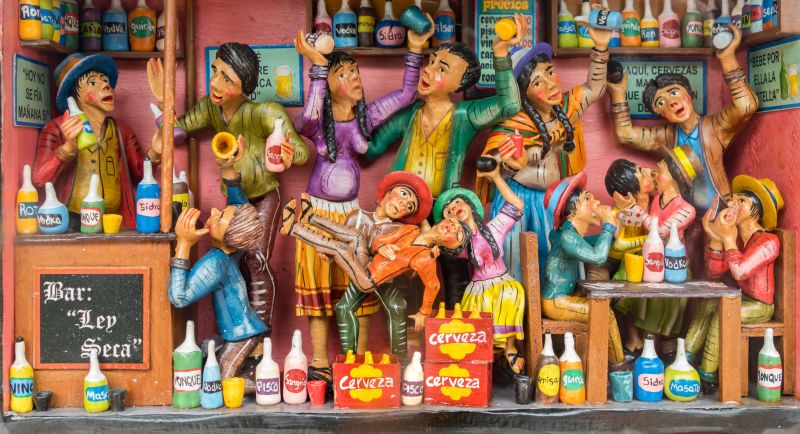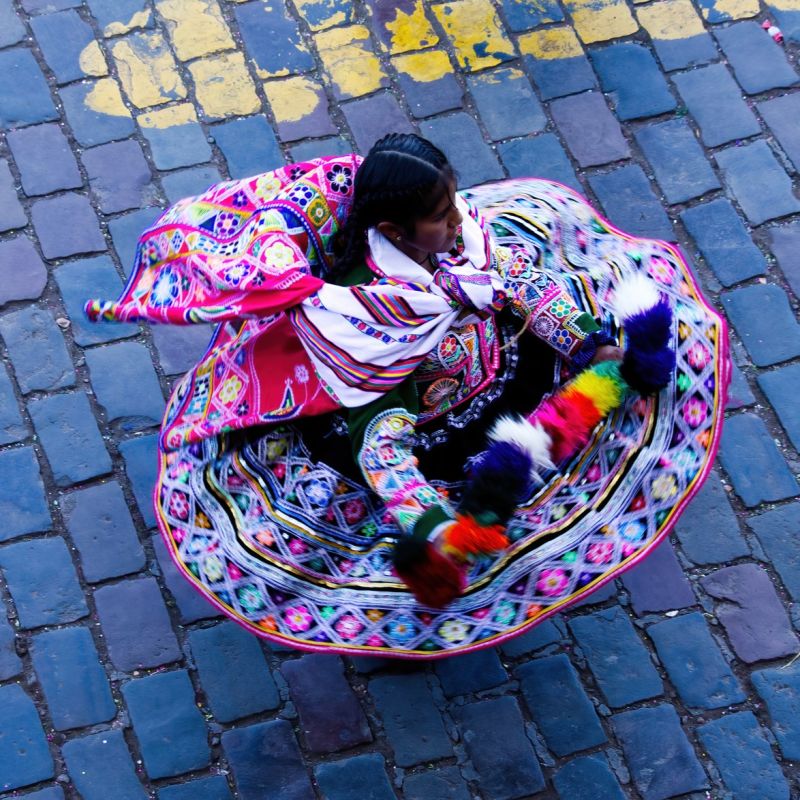Cusco is a bustling city all year round, but if you want to experience an important and authentic part of city life, then you need to attend one of its many joyful festivals, aka fiestas!
Cusco's festivals range in origin from the centuries-old worship of Inca deities to modern beer love. Really, it feels like there's a festival for nearly every occasion.
It's actually rather hard to explain just how colourful the occasions are, how colourful the outfits, how elaborate the floats, how raucous the partying, and how ebullient the atmosphere! You simply have to experience it for yourself to truly appreciate this aspect of Cusco life.
Cusco's festivals are not-to-be-missed spectacles that are full of joyful colours and sounds. They offer travellers a glimpse into the heart and soul of this Andean city.
The city's squares are important gathering spaces for its festivals
Please note that Cusco's festivals transform the city into a pulsating hub of celebration. So while they're great experiences if you're there to join in the fun, they also mean many shops and services are shut. Futhermore, your ability to move about the streets will be impacted (even dictated) by parades and processions.
With that little caveat done and dusted, let's embark on a journey through time and tradition as we explore the most important annual celebrations of Cusco ...
Carnaval Cusqueño: Colourful street carnival
- When: February
- Where: Main event is in Plaza de Arms (the main square)
- Origin: Andean traditions
- Focus: Celebration of life
The Cusco Carnival is a joyfully riotous affair of music, singing, dancing, water-balloon fights, coloured powders, eating and plenty of drinking. The processions and parades involve locals dressed in loud and intricately detailed outfits and costumes that speak to centuries of traditions.
Visitors are encouraged to take part in the carnival festivities
An infectious spirit of bonhomie and camaraderie takes over the streets of Cusco during carnival, making it the perfect festival for visitors to experience!
During Cusco Carnival you can also look forward to trying local treats like picarones (sweet potato-and-pumpkin doughnuts), tamales and chicha morada (a refreshing alcoholic drink made with purple corn).
Semana Santa: Holy Week celebrations
- When: The week leading up to Easter
- Where: Cathedral of Cusco and elsewhere in the city
- Origin: Catholic Church, brought to Cusco by the Spanish
- Focus: Crucifixion and resurrection of Jesus
Holy Week in Cusco starts on Palm Sunday with a blessing ceremony held in the cathedral, and ends the following week on Resurrection Sunday.
Elaborate palm crosses are sold and hung everywhere on Palm Sunday
Monday is an especially big day during Holy Week as it's then that the cathedral's statue of the Lord of Earthquakes (or Lord of Tremors), which shows a crucified Jesus, is taken into the streets on procession! Cusco sits on a fault line and the statue is believed to have protected the city from worse damage during a 1650 earthquake.
Cusco's reverred Lord of Tremors statue was created circa 1620
Holy Week is punctuated with masses held in the cathedral, vibrant processions and parades, and folks selling and eating traditional foods and treats. On Thursday night be sure to join the families walking the streets and squares of the city centre along the route of the "Seven Temples", which recalls the falls that Jesus took when carrying his cross to Calvary.
While food plays a big role during Holy Week in general, locals celebrate Good Friday by serving 12 different savoury and sweet dishes for lunch, as per custom. Some of the sweet treats we recommend you try during Holy Week in Cusco are maicillos (cornstarch biscuits), suspiros (mini meringues) and sweet empanadas.
Sweet empanadas are a traditional sweet of Holy Week
Corpus Christi: Where faith and culture meet
- When: 60 days after Easter
- Where: Cathedral of Cusco and elsewhere in the city
- Origin: 1246, and brought to Cusco with the Spanish
- Focus: The Eucharist
When the Spanish conquered and settled in Cusco, they brought with them the annual celebration of Corpus Christi (which translates as 'body of Christ'). This festival is held all over Peru, but nowhere is it as big as in Cusco.
A sculpture of Saint Cristobal during Corpus Christi
During Corpus Christi, statues of saints are carried through the streets from their different churches to reach the cathedral. The streets at this time are full of noisy, happy celebrants.
If you visit Cusco during Corpus Christ, you'll experience a city alive with processions, music and dance. You can look forward to processional dances performed by local groups dressed in colourful, traditional outfits.
Masked dancers perform during Corpus Christ
The festival of Corpus Christi is a captivating display of syncretism as it combines Catholic theology with holdovers from the culture of the Incas.
Different flavours of humitas, a popular and traditional corn dish
You can also look forward to trying the traditional dishes associated with Corpus Christi, like savory chiriuchu (a platter of various meats), humitas (steamed corn cakes) and turrón (similar to nougat).
Cusqueñan Beer Festival: 3 days of music and beer
- Local name: Festival de la Cerveza Cusqueña
- When: Usually the second week of June
- Where: Usually the Plaza de Armas in the city centre
- Origin: Early C20th with the opening of a German brewery
- Focus: Music, merriment and beer!
Have you come to Peru because you've heard of incredible things about the cuisine? And you've also heard about the fast-accelerating Cusqueñon food scene? Well then, perhaps the Cusco Beer Festival is just the right fiesta for you! A recent addition to the city's calendar, this non-religious festival is quickly becoming a favourite among locals and visitors alike.
This colourful scene showcases the importance of beer (cerveza) in Cusco
During the festival the city's central Plaza de Armas transforms into a beer lover's paradise. On offer are craft beers from local breweries as well as delicious street foods anticuchos (grilled skewers), empanadas and ceviche.
While treating your tastebuds, your ears will also be treated to plenty of live music. The festival regularly draws the biggest names in jazz, Latino pop and reggaeton.
Inti Raymi: Resurrection of the Sun
- When: 24 June
- Where: The Sacsayhuaman ruins on the outskirts of the city
- Origin: Inca Empire
- Focus: Inti Raymi, the Sun God
This is a winter solstice festival celebrating Inti Raymi, the Inca's Sun God. This was the date on the Inca calendar as Inti Raymi was their most venerated deity.
The festival was (and still is) held on the winter solstice – the shortest day of the year – in celebration of the lengthening days to come.
Coricancha (Temple of the Sun) was the most important of all the Inca's temples
Today, festival procession begins at the Temple of the Sun known locally as Coricancha and works its way up to the ruins of the fortress of Sacsayhuamán which sits above above the city. you can look forward to hearing traditional music and seeing folk dancers perform in beautiful and colourful traditional outfits.
The Inti Raymi ceremony at the fortress
The perfect pairing
Can you picture yourself standing alongside the vibrant costumes of Inti Raymi, enjoying the echoes of traditional music, and watching an elaborate reenactment of ancient ceremonies?
Well, Inti Raymi is actually one of the very best Cusco festivals to attend if you also want to trek the Inca Trail, as June offers some of the region's very best trekking weather.
Women in traditional dress at the Inti Raymi festival in Sacsayhuamán
Check out our exciting Inca Trail itinerary if you think you might be interested in pairing an unforgettable trek along the centuries-old Inca highway with attending one of Cusco's most important festivals – one rooted in the religion of the people whose footsteps you would've just trod!
